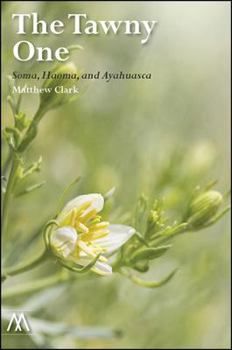The Tawny One: Soma, Haoma, and Ayahuasca
The identity of the plant known as soma in ancient India and as haoma in the Zoroastrian tradition has, for around 250 years, exercised the wits and imagination of scores of scholars. This plant is praised in the highest terms--as a kind of deity--in both Zoroastrian and Vedic texts that date from around 1,700-1,500 BCE. It is said to provide health, power, wisdom, and even immortality. It has been variously identified by researchers as a nonpsychoactive plant, as a medicine, as merely water, as alcoholic, as a narcotic, as a stimulant, and as a psychedelic. Currently, the three most supported theories are that soma/haoma was either fly-agaric mushrooms, ephedra, or Syrian rue. The author suggests that the ritual drink was based on analogues of ayahuasca, using a variety of plants, some of which he identifies in the book.
Format:Paperback
Language:English
ISBN:190899522X
ISBN13:9781908995223
Release Date:June 2017
Publisher:Muswell Hill Press
Length:295 Pages
Weight:0.95 lbs.
Dimensions:0.5" x 6.1" x 9.2"
Customer Reviews
0 rating





